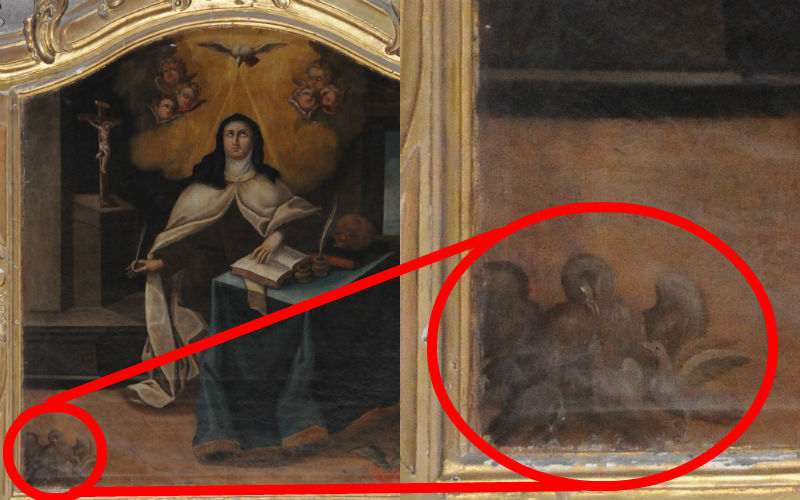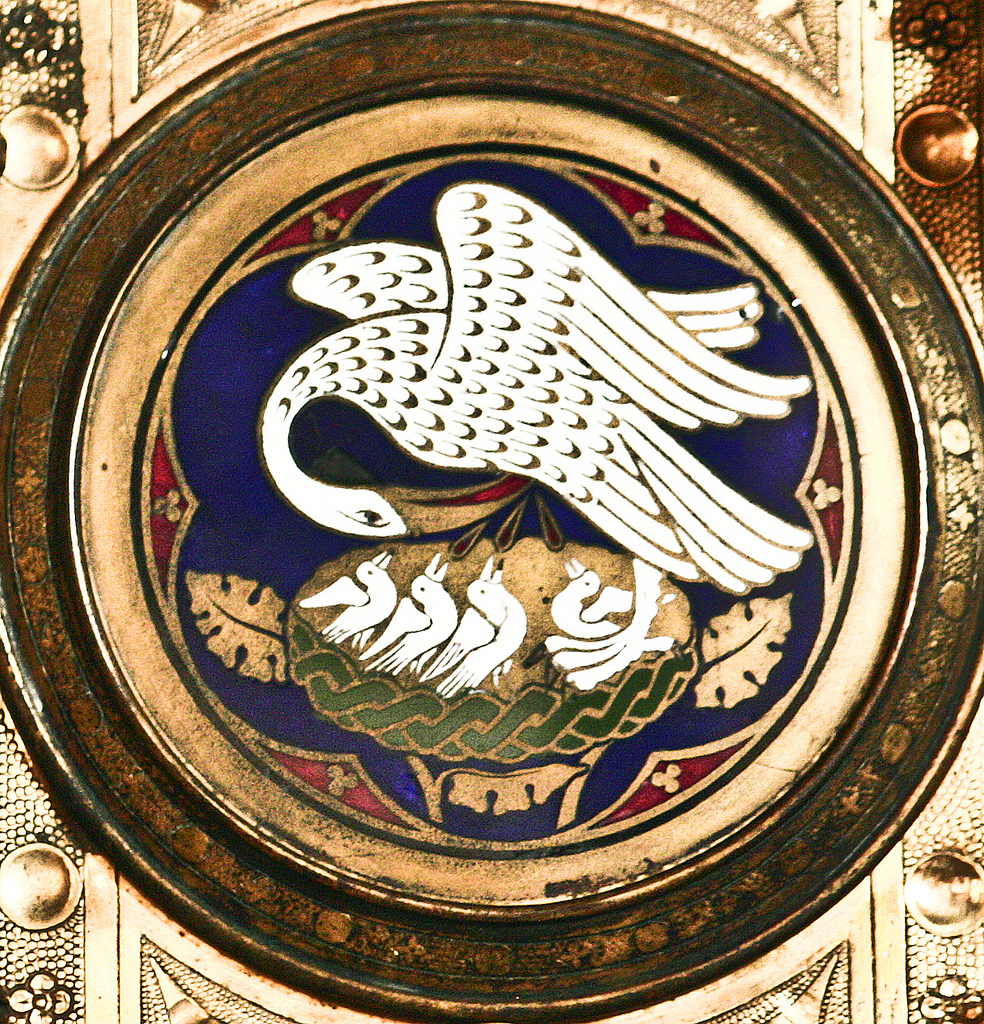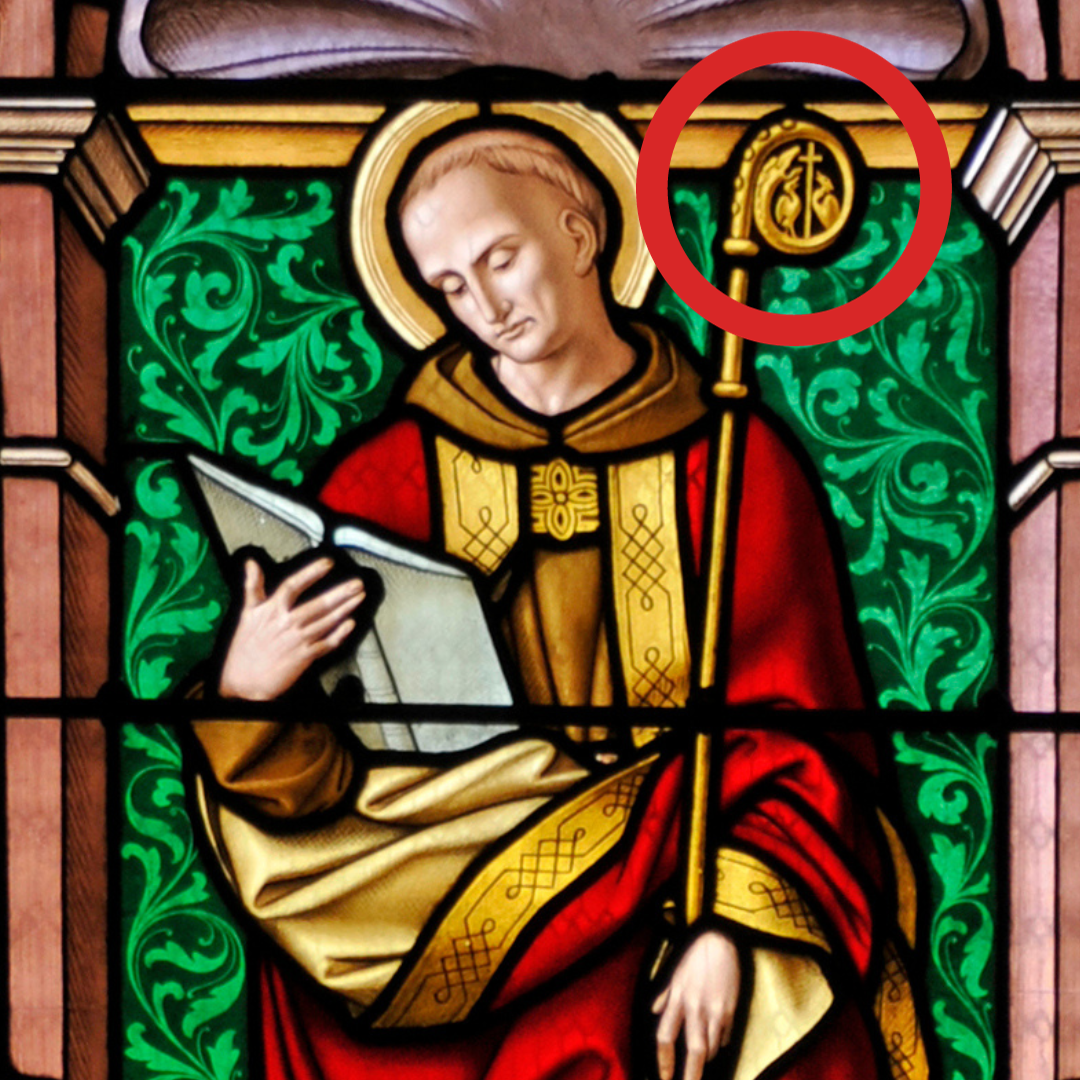In church art around the world, if you look closely, you’ll sometimes find something you might not expect: pelicans.
And in the strangest places.
Sometimes the pelicans are easy to spot:

But often you have to look closely to find them:



Once you start looking for them, you’ll find them all over the place!
So why have Christians been using pelicans so often in their art? It all goes back to a medieval misunderstanding.
In Europe and Asia, there was a widespread belief that pelican mothers had a unique relationship with their young. In one version, pelicans would kill their young and then bring them back to life with their blood. In the more widespread version, pelicans were so devoted to caring for their young that, if there was no food, they would peck at their own breast and feed their blood to their children.
This idea was spread in folktales and even in medieval bestiaries (books about animals).
This supposed feature of pelican life – called a “pelican in her piety” – was seen as a perfect symbol of Christ’s sacrifice on the cross and the Eucharist: just as the pelican would give its blood to save its children, so Christ poured out his blood on the cross to save us from our sins and offers his blood to us in the Eucharist as a spiritual drink.
This analogy was not only reflected in art, but in music as well. St. Thomas Aquinas’ famous hymn Adoro te devote contains this line: “Lord Jesus, Good Pelican / wash my filthiness and clean me with your blood / One drop of which can free / the entire world of all its sins.”
Of course, today we know that pelicans do not offer their blood to their young. Nonetheless, the pelican has remained a beautiful symbol of the loving sacrifice of Our Lord Jesus Christ.


